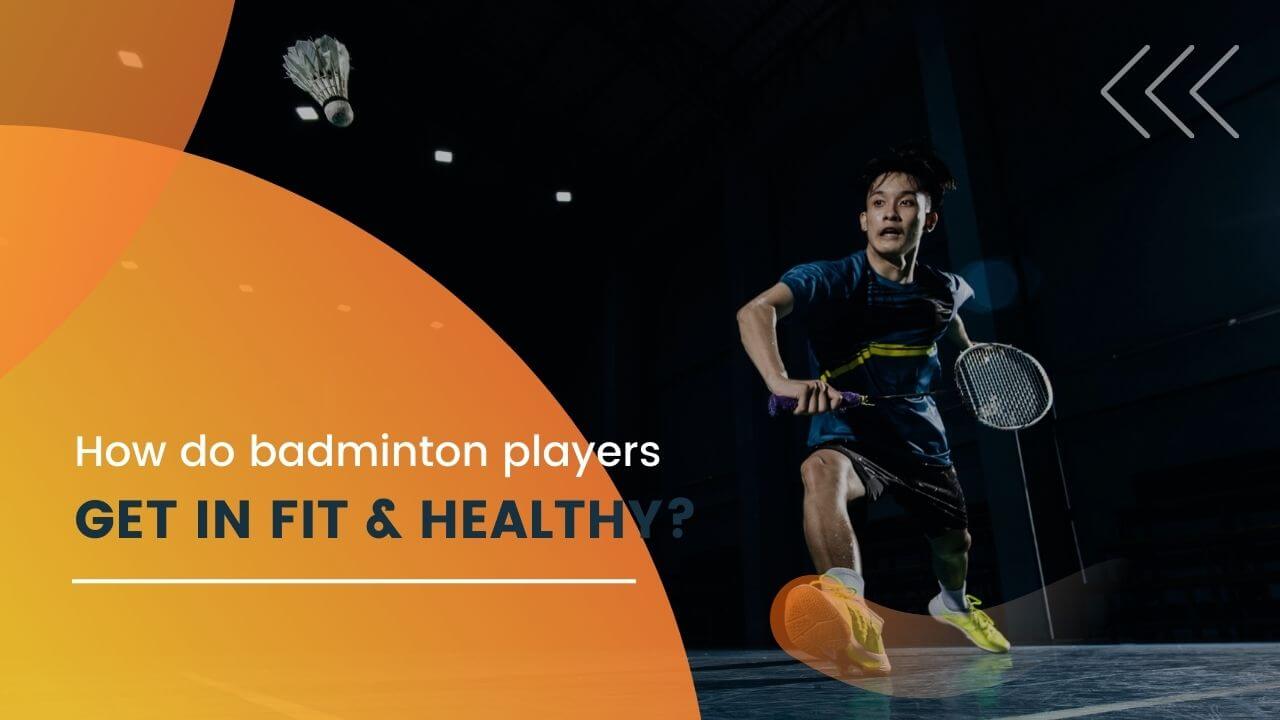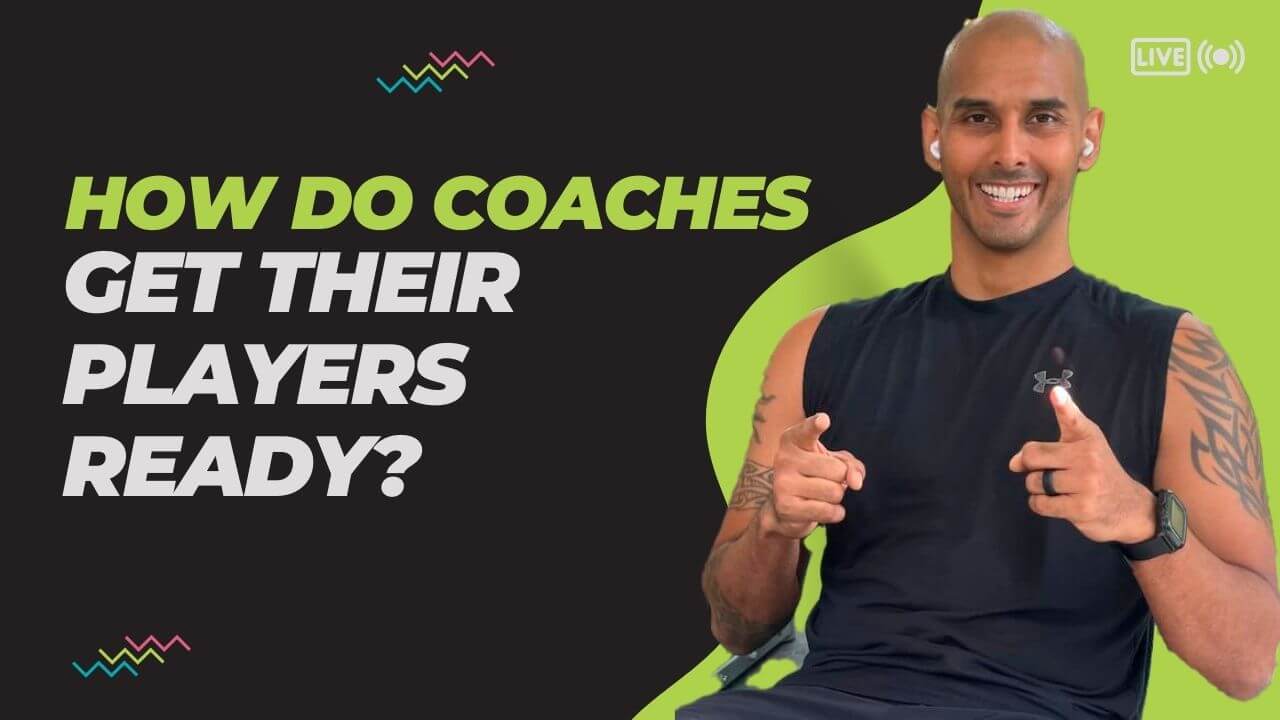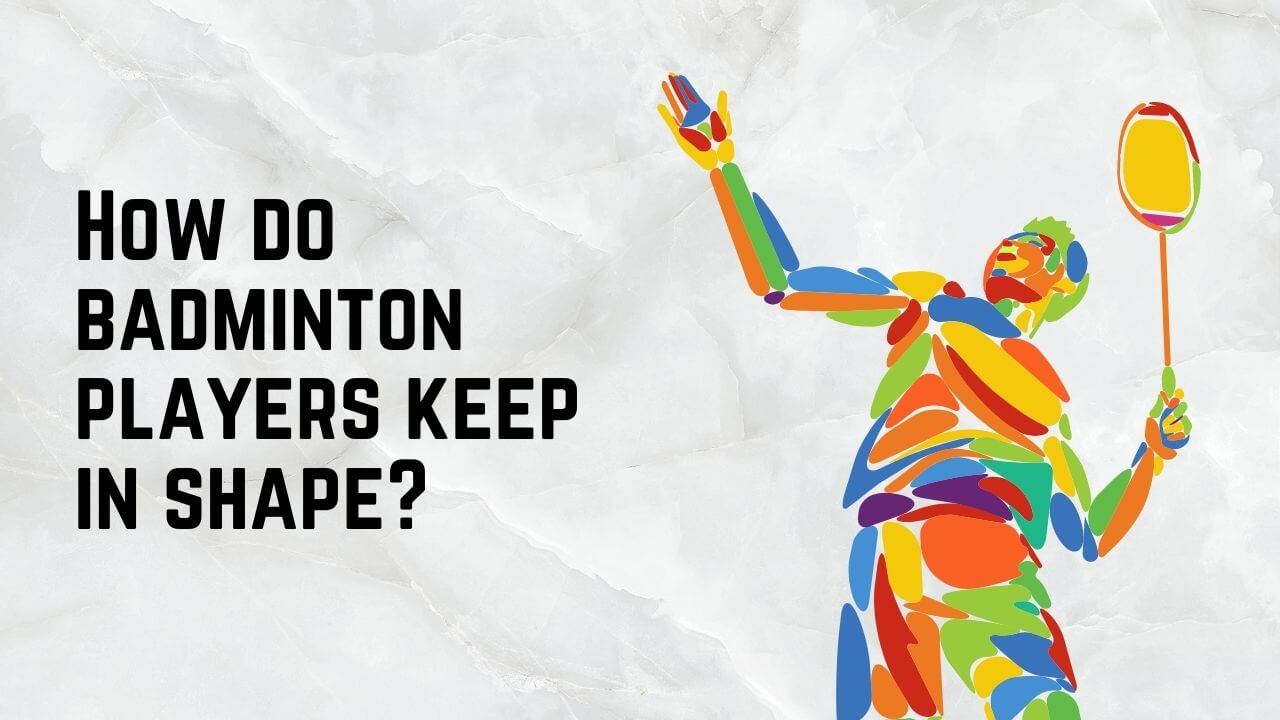Other Links
How do badminton players keep in shape
Health & Fitness Tips | Thu, 08 Jun 2023

Badminton players engage in a variety of fitness activities and exercises to keep themselves in optimal shape for their sport. These exercises focus on improving their agility, speed, strength, endurance, and overall conditioning. Here are some common fitness routines and activities that badminton players may incorporate into their training:
- Cardiovascular Training: Badminton requires players to have good endurance for sustained rallies. Players engage in activities such as running, cycling, swimming, or using cardio machines like treadmills or ellipticals to improve their cardiovascular fitness.
- Interval Training: Badminton involves quick bursts of high-intensity movement followed by short periods of rest. Interval training exercises, such as shuttle runs or high-intensity interval training (HIIT) workouts, help players simulate the demands of the sport and improve their speed and explosive power.
- Strength Training: Building strength is crucial for badminton players to generate power in their shots and maintain stability on the court. They typically include exercises like weightlifting, resistance training, bodyweight exercises, and plyometrics to target specific muscle groups such as the legs, core, and upper body.
- Agility and Footwork Drills: Agility is essential in badminton for quick changes in direction and swift court coverage. Players perform ladder drills, cone drills, and specific footwork exercises to enhance their agility, speed, and coordination.
- Flexibility and Mobility Exercises: Flexibility and mobility are vital for executing a wide range of shots and preventing injuries. Stretching exercises, yoga, and mobility drills are often incorporated to improve flexibility and maintain joint mobility.
- Core and Balance Training: A strong core and good balance are crucial for stability and control during shots and movements on the court. Exercises like planks, stability ball exercises, and balance drills help strengthen the core muscles and improve balance.

Badminton players often work with health and fitness coaches to ensure they are in an optimal and competitive state. Here’s how they typically engage with coaches:
- Customized Training Programs: A health and fitness coach will design personalized training programs tailored to the individual player’s needs, goals, and competitive schedule. These programs focus on improving weaknesses, building on strengths, and addressing specific fitness requirements for badminton.
- Regular Assessments: Coaches conduct regular fitness assessments to monitor the player’s progress and identify areas for improvement. This may include performance tests, body composition analysis, and movement assessments to evaluate the player’s fitness levels.
- Training Supervision: Coaches provide hands-on supervision during training sessions to ensure players are performing exercises correctly, maintaining proper form, and minimizing the risk of injury. They also monitor the intensity, volume, and progression of the workouts.
- Nutritional Guidance: Coaches work with players to develop appropriate nutrition plans that support their training goals and provide optimal energy levels. They educate players on proper hydration, balanced diets, and recovery nutrition strategies.
- Injury Prevention and Rehabilitation: Health and fitness coaches help players prevent injuries through proper warm-up routines, mobility exercises, and injury prevention strategies. In case of injuries, they assist in developing rehabilitation programs and collaborating with physiotherapists or sports medicine professionals for a safe recovery.
- Mental and Emotional Support: Badminton is mentally demanding, and coaches often play a role in providing guidance, motivation, and mental skills training to help players stay focused, manage stress, and perform at their best.
By working closely with health and fitness coaches, badminton players can ensure they have a well-rounded training regimen, optimize their physical abilities, and maintain peak performance levels for competitive play.
